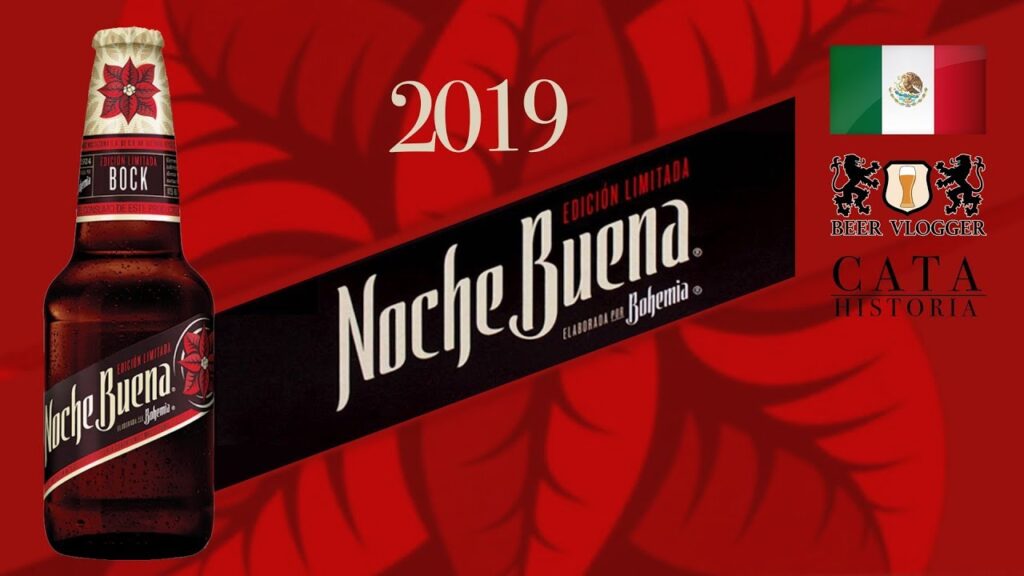Introduction to Mexico’s Iconic Street Foods
Embarking on a gustatory journey through Mexico’s bustling streets and vibrant markets offers an immediate immersion into the heart and soul of Mexican culture. Indeed, the country is renowned for its rich culinary traditions, and one cannot fully experience the essence of Mexico without indulging in the symphony of flavors offered by its iconic street foods. As we explore the colorful food stalls and aromatic corners of the streets, we uncover the staples that have been fueling locals and enchanting travellers for generations.
At the very heart of Mexican street cuisine is the ubiquitous taco. Simple yet profoundly versatile, this handheld delight consists of a soft corn tortilla filled with a variety of ingredients ranging from grilled meats to fresh seafood, complemented by a selection of salsas that add depth and heat to each bite. Every region boasts its own unique twist on the taco, making it a dish that continues to surprise and satisfy at every turn.
The Tantalizing Tlayuda
Another dish that captivates the palate is the tlayuda, often dubbed the Mexican pizza. Originating from Oaxaca, this large, crispy tortilla serves as a canvas for a rich spread of refried beans, lettuce, avocado, meat, and cheese. The combination of textures and flavors encapsulates the diversity of Mexican street food, offering a comprehensive taste of local ingredients in a single, hearty meal.
Sensational Elote and Esquites
Corn, a staple grain in Mexican cuisine, takes center stage in the form of elote and esquites. Elote, grilled corn on the cob, is typically smothered in a blend of mayonnaise, cheese, chili powder, and lime, creating a balance of smokiness, creaminess, and tang. Its off-the-cob counterpart, esquites, sees the kernels mixed with similar toppings served in a cup for an easily portable and equally delicious snack.
Furthermore, savory cravings meet their match with items like quesadillas and tortas. The former, a warm tortilla filled with melted cheese and a choice of fillings such as mushrooms or squash blossoms, epitomizes comfort food. The latter, a Mexican sandwich packed with layers of meat, avocado, beans, and jalapeño, exemplifies how basic ingredients can yield remarkably satisfying results. Together, these dishes reflect the soul-warming nature of Mexican street food and its capacity to offer simple yet profound culinary pleasures.
Tlayudas Doraditas: Oaxaca’s Crispy Delight
Travelers to Oaxaca are often mesmerized by the intricate weavings, the captivating ruins, and the vibrant street life, but it’s the Tlayuda Doradita, a golden and crispy delicacy, that often steals the show at the dining table. This iconic street food, often referred to as the Mexican pizza, showcases Oaxaca’s rich culinary heritage and its knack for combining simple ingredients into an explosion of flavors.
The Tlayuda starts as a large, thin, and crunchy corn tortilla, traditionally toasted over an open flame until it reaches that perfect golden-brown hue that promises an irresistible crunch. The tortilla is then spread with asiento (unrefined pork lard) that not only adds depth of flavor but also helps to bind the rich toppings that are to follow.
Next comes a generous smear of black bean paste, providing a velvety, earthy base that perfectly complements the toppings. It’s the beans that give the Tlayuda its distinctive taste and texture, being both nourishing and comforting. Locals often recount that the secret to the perfect Tlayuda lies in this very layer, which must be savored to be truly understood.
Once the base is set, it’s time for the toppings. A smorgasbord of ingredients such as Oaxacan cheese (quesillo), shredded lettuce, tomato slices, avocado, and an array of meats like tasajo (thinly sliced beef), cecina (adobo-marinated pork), or chorizo are artistically streated over the crispy tortilla. These rich and savory toppings create a colorful mosaic, promising not just a feast for the eyes, but also for the palate.
But the magic of the Tlayuda Doradita isn’t complete without the final touch—an optional, yet highly recommended smoky salsa that provides the perfect amount of heat. Drizzled over the top or served on the side for dipping, it rounds out the dish with a balance of flavor that keeps both locals and visitors coming back for more. As the sun sets over the landscapes of Oaxaca, the sizzling sound of Tlayudas cooking on the grill becomes the day’s evocative swan song, a crisp reminder of the region’s edible artistry.
Huaraches Toluqueños: The Savory Staple of Toluca
Toluca, the vibrant capital of the State of Mexico, is not only famous for its picturesque landscapes and rich cultural heritage but also for its delectable culinary offerings. Amongst the array of mouthwatering dishes that Toluca prides itself on, Huaraches Toluqueños stand out as a local favorite. But what exactly are these savory delights? The name “huarache” is inspired by the shape of the dish, which resembles the traditional Mexican sandal of the same name.
Huaraches Toluqueños begin with a base of nixtamalized corn dough, which is molded into an oblong shape and then fried to a perfect crispness. The toppings are a fiesta of flavors, typically starting with a spread of refried beans, acting as a glue for the subsequent layers. The beans are then garnished with a variety of toppings including cheese, salsa, onions, and potatoes, with the final touch often being succulent pieces of chorizo, a type of pork sausage that Toluca is specifically renowned for.
What sets Huaraches Toluqueños apart is their flexibility in accompaniments. While the base remains consistent, the toppings can be tailored to suit any palate. Vegetarians might opt for a medley of grilled vegetables and a sprinkle of queso fresco, while meat-lovers can indulge in toppings like steak, chicken, or even the locally adored chorizo. The dish is a canvas, allowing for endless creativity and variety, ensuring that no two huaraches are ever the same.
To truly savor Huarache Toluqueño, one must visit the traditional food markets or “mercados” of Toluca, where the huaraches are prepared fresh and served piping hot. Each vendor has a unique recipe, with secret blends of spices and homemade salsas that tantalize the taste buds. Eating a huarache is not just about enjoying a meal; it’s an experience, a taste of Toluca’s soul that connects you deeply with the rich traditions of Mexico.
Understanding the Differences Between Tlayudas and Huaraches
When exploring the rich culinary landscape of Mexico, two dishes that often stand out for their unique flavors and textures are Tlayudas and Huaraches. Both are traditional Mexican staples showcasing the diversity of the country’s gastronomy. However, despite some superficial similarities, Tlayudas and Huaraches are distinct dishes each belonging to different regions of Mexico with unique ingredients, preparation methods, and cultural significances.
Origins and Cultural Significance
Originating from Oaxaca, Tlayudas are sometimes referred to as Mexican pizzas. They are large, crispy tortillas topped with beans, cheese, and an assortment of meats and vegetables. Tlayudas are especially popular during local festivals and are enjoyed for their hearty toppings and satisfying crunch. Huaraches, on the other hand, hail from Mexico City and are shaped to resemble the straps of traditional Mexican sandals, giving them their name. Huaraches feature a base of masa dough that is thicker than the tortilla used for Tlayudas, and they often have a layer of beans embedded within.
Ingredients and Preparation
While both dishes share some common toppings like beans and cheese, Tlayudas traditionally use Oaxacan cheese, a stringy and mild-flavored local variety. They are typically cooked over an open flame or on a clay griddle, imparting a smoky flavor to the large tortilla base. In contrast, Huaraches are made with masa dough, creating a thicker and softer foundation that is fried until golden and then topped with a variety of ingredients, including salsa, onions, potato, meat, and the ubiquitous nopales (cactus leaves).
Textural Considerations
The preparation methods for Tlayudas and Huaraches result in very different textures. A Tlayuda’s appeal lies in its crispiness, which provides a pleasing contrast to the soft toppings. Conversely, a Huarache is appreciated for its chewy consistency and often slight crunch, allowing its various toppings to meld together in every bite.
Serving and Consumption
Tlayudas are typically served open-faced, allowing the combination of toppings to remain visible and the edges to stay crispy. They are often shared among several people due to their size. Huaraches, with their compact and fully-topped presentation, are generally eaten as a personal dish, holding everything together to create a balance of flavors and textures in each mouthful.
Exploring Mexico’s culinary offerings unveils many traditional dishes that reflect the rich tapestry of its culture and geography. Understanding the distinctions between Tlayudas and Huaraches provides insight into regional flavors and the creativity inherent in Mexican cuisine. Whether you’re wandering the bustling streets of Mexico City or the colorful markets of Oaxaca, the opportunity to taste these unique and flavorful dishes is an adventure in itself.



